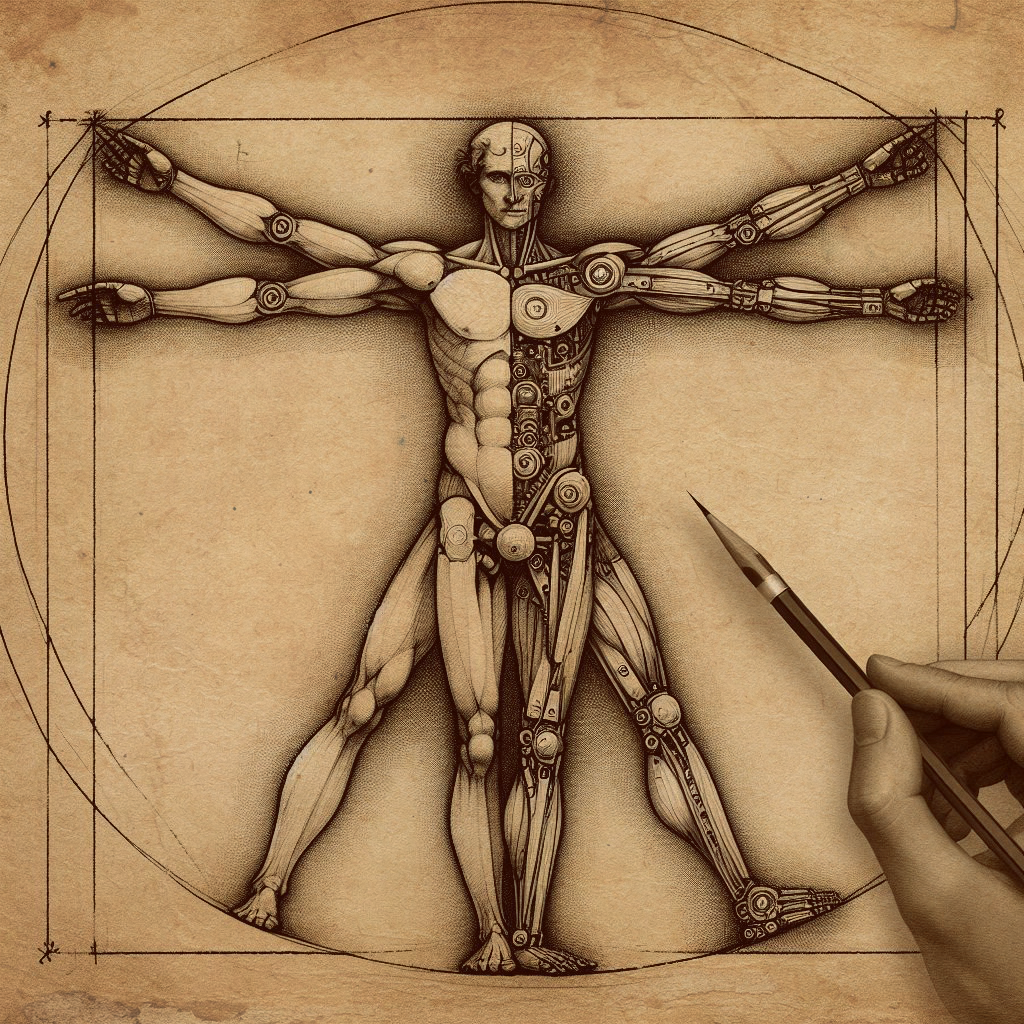Exploring the transition from chatbots to AI to talk to
Chatbots paved the way for more sophisticated technologies, with AI revolutionizing how machines engage with humans.
The Rise of Chatbots
The era of digital communication has witnessed the gradual evolution of chatbots, primarily designed to simulate human conversation. Chatbots serve as an entry-level gateway for computerized interaction, often restricted to pre-programmed scripts and fixed responses. The limitation of early chatbots was evident in their inability to comprehend contextual subtleties, which led to predictable and oftentimes unsatisfactory user experiences. Nonetheless, they paved the way for more sophisticated technologies, with the advent of Artificial Intelligence (AI) revolutionizing how machines engage in dialogue with humans.
What Are AI Virtual Agents?
In contrast to traditional chatbots, AI Virtual Agents offer a significantly enhanced interaction experience. These agents are not only capable of understanding complex conversational cues but can also adaptively learn from interactions to improve over time. The transition from static to dynamic conversational intelligence is marked by the integration of machine learning algorithms, providing virtual agents with the ability to process and respond to input in a more human-like manner. AI virtual agents are equipped with sentiment analysis, language understanding, and machine learning, making them invaluable across industries such as customer service, healthcare, and education.
The Role of Natural Language Processing
Natural Language Processing (NLP) plays a critical role in advancing AI's conversational capabilities. By allowing machines to understand and interpret human language on a deeper level, NLP technology provides the scaffolding for AI's progression beyond basic communication. Unlike chatbots, which primarily rely on keyword matching and pre-scripted dialogues, AI powered by NLP can understand the intent behind language, parse complex grammars, and generate contextually relevant responses. This development is crucial for applications that require nuanced understanding and engagement, such as automated support systems and virtual personal assistants.
The Future of AI Conversations
As the boundaries of AI continue to expand, the future of conversational AI looks promising. The integration of advanced AI models with emotional intelligence capabilities suggests a new era where human-machine interaction is indistinguishably seamless. Future trends may see AI capable of understanding broader contextual environments, making conversations more meaningful and relevant. Furthermore, ethical considerations in AI deployment highlight the importance of responsible innovation, ensuring AI conversations remain trustful and unbiased. As research and development continues, the transformative potential of AI in conversational settings is poised to redefine human interaction with technology on unprecedented scales.
Get in touch: reach out and share your questions and requests on our contacts page, we’ll get back to you soon.

